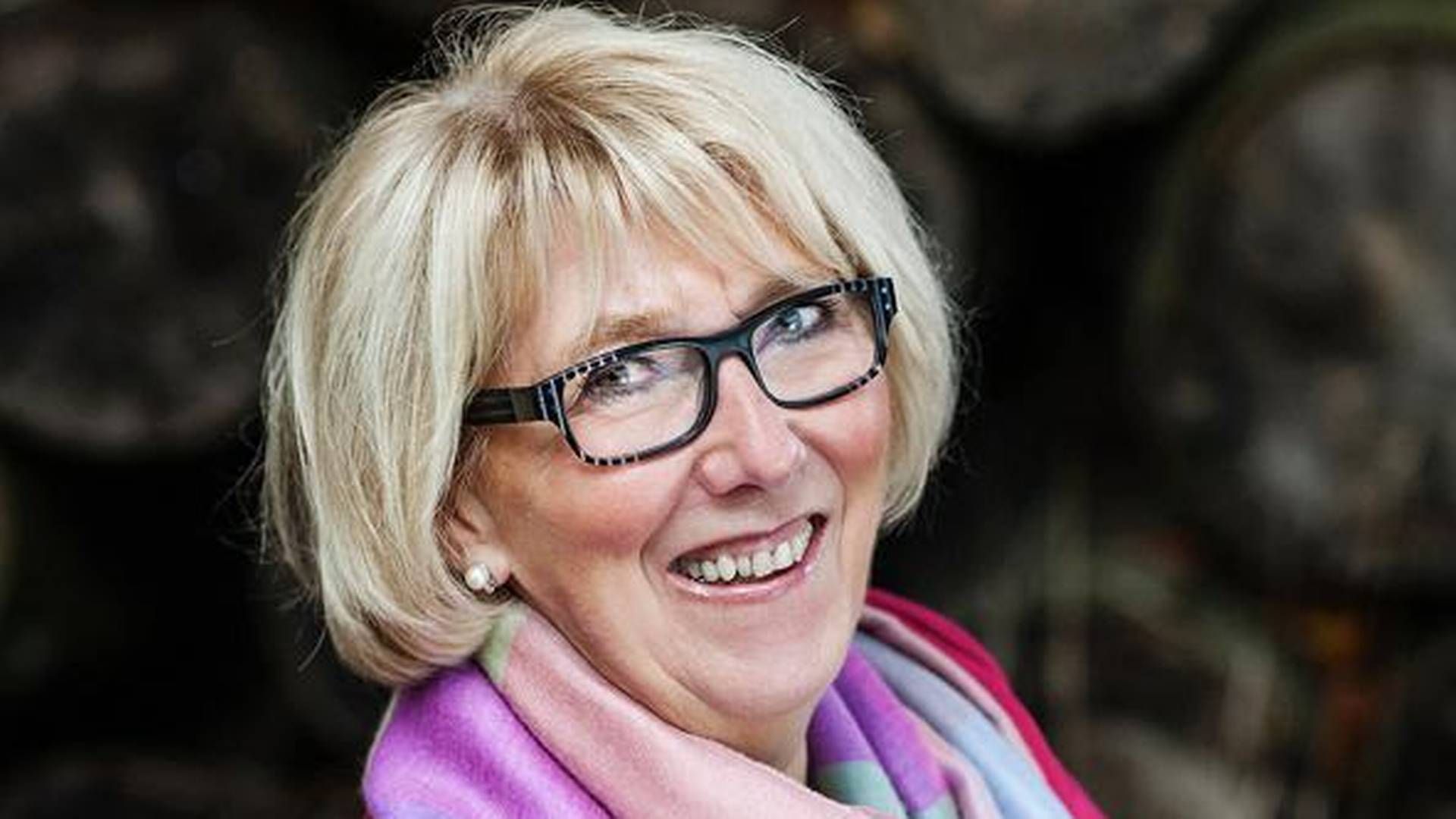Career Path: "This way of thinking became genetic within Pensam"

What career path did you envision for yourself when you were younger?
I certainly never had any thoughts about going into the financial sector when I was a child! When I made subject choices at high school, my aim was to become a specialist in mechanical handling, dreaming that I would join my father’s company and one day take over from him. He had a business making transportation equipment. But for some reason, he didn’t think engineering was a good idea for me. He died when I was 23, and I think perhaps he knew that would happen, and that’s why he dissuaded me from following his path. Anyway, he said — how about economics? So when I finished high school, I went to CBS, studied economics for two or three years, and then changed to law at Copenhagen University.
When did you decide on the career path that you're on today?
At university, I saw an advertisement for a student job at Danish pension fund PKA, in the member loans department. I got the job, and then I carried on working there when I finished law school.
At a certain point, the nature of what I was doing changed and led me into the management career that has taken up most of my working life. When I first started at PKA, I might have thought I wanted to be a specialist in some area, but then I became head of the law group I was working in, which grew from being just me, to a fairly large team. And I began to like management — having an influence and being in a position where I could make changes. Perhaps the drive to be in management was with me all the time, but I also gravitated towards that path because of the subjects I took. They gave me the skills to work in a general way. Looking back, economics and law was a fabulous combination for pensions management. Palle Olsen, the chief executive of PenSam before me, once said I was the only law graduate he had seen who was equally happy using lined and squared paper!
What part of your education has been most useful in your career?
I was on the board of management at PenSam from 1985 to 2016, and there was a great deal of change over that time. You had to deal with changes to the business, but you also had to make changes within yourself in order to manage the things that came up. Back in 1987, I participated in a VL (VirksomhedsLedere) course for business leaders — there were 27 men and me — and we have stuck together all these years. Whenever I had a problem after that, I was able to pick up the phone and call one of them for advice and help.
What part of your CV represents the most drastic change in your career path?
There were two big changes. The first was when I became a member of the board of management at Pensam when it first split from PKA in 1985. We had to start from square one with a new headquarters — a building that wasn’t even finished — and we had to build our expertise up all over again. The divorce was very hard at the time.
Then a few years later, we held a series of meetings with members about disability pensions, and the information that came out provided the spark for our work on improving the disability rates among the pension funds’ members — by putting more resources into preventative health measures. No one else in the pensions sector was doing that at the time. We made progress on keeping people in the workforce by being aware of the value chain around pension scheme members. One thing we learned is that as well as finding the right assets to match its liabilities, a pension fund can also reduce the risk of its liabilities.
You could say this way of thinking became genetic within Pensam. Take (CIO) Benny Buchardt Andersen’s later approach to real estate investment contracts. Not only was PenSam investing equity in construction projects, but also supplying the developer with financing in a way that incentivised the firm to make a success of the building.
Which leader in the industry has been most inspiring to you career-wise?
What inspires me is a person’s passion for the job they do, and their will to make a difference — to actually change things.
André Lublin and Andreas Kühle from PFA are two leaders I admire. Not necessarily because I agree with what they did, but because of the passion they had — the fact they didn’t just sit back and say there was something they didn’t like, but they did something that changed the framework for pensions in Denmark.
Last year, I heard Kofi Annan speaking. And he is another person who really has a passion for what he does.













